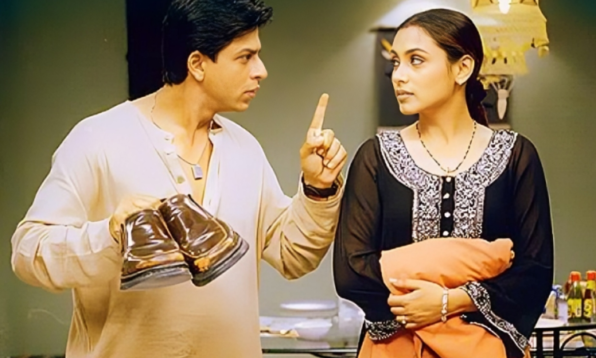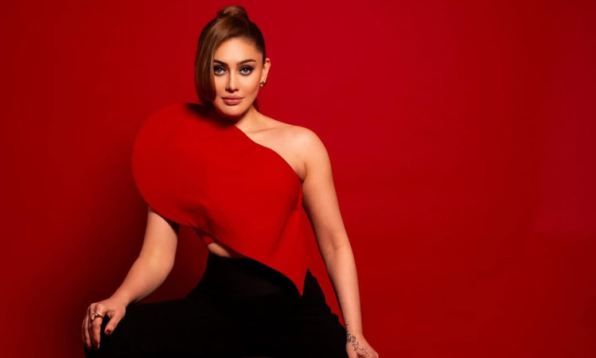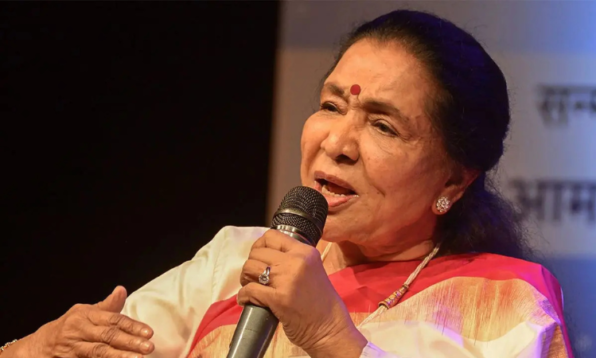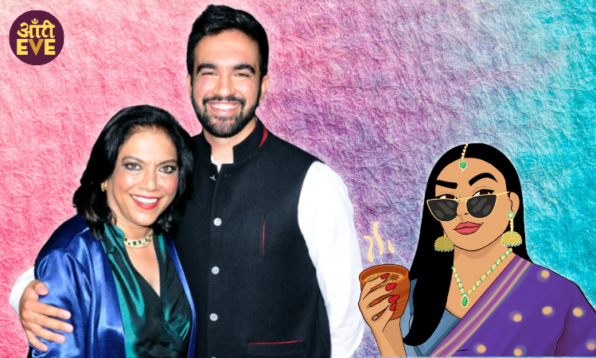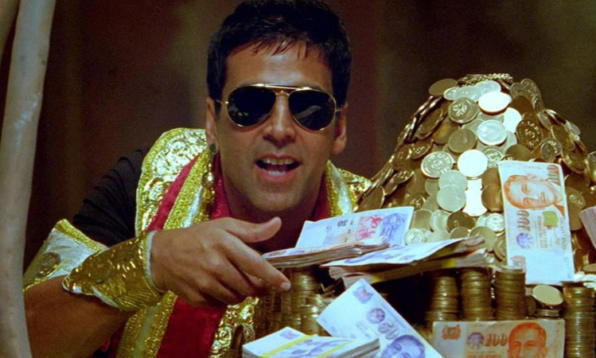Diljit Dosanjh made his much-anticipated debut at the Met Gala 2025, and what a debut it was! Our favourite Punjabi munda walked the steps of the Met in an ensemble by Prabal Gurung. It effortlessly fused his Punjabi roots with the night’s theme, “Superfine: Tailoring Black Style”, paying homage to Black dandyism. And in true Diljit style, he didn’t just show up for the show; he stole it.
His look paid homage to the Maharaja of Patiala Bhupindra Singh, whom The New York Times regarded as an early Indian dandy. From his turban to his tailored silhouette, right down to the map of Punjab and Gurmukhi script emblazoned on his cape, Diljit’s outfit was not just visually striking — it was a cultural statement. But there was still something glaringly wrong with his look.
Related: Met Gala 2025: Diljit Dosanjh’s Invitation Card Reveals What Happens Inside The Event
Why did Cartier choose Emma, not Diljit?

The Met Gala focused on Black dandyism this year. Dandyism has always been about self-expression and a form of rebellion against societal norms. Black dandyism is a more powerful version of that. It has never been just about aesthetics; Black dandyism is about power, identity, and resistance. In a world of marginalisation, dandyism helped Black people defy those norms and rise above them. Black dandyism is all the more accurate in Diljit’s case because his culture doesn’t always get the global stage it deserves. With the map of Punjab and the Gurmukhi script on his cape, Dilit managed to bring his culture to a much larger audience, but a part of it was still denied to him.
In 1928, Maharaja Bhupinder Singh commissioned Cartier to create an opulent, multi-strand diamond necklace. Following the partition, it was declared to be lost to history, only for pieces of it to resurface in various collections. Today, the necklace resides in a London museum, sealed away from the public. But here’s where things get interesting: Diljit’s team approached Cartier to request the necklace, hoping to complete the tribute by wearing the very piece once created for the Maharaja himself. Cartier denied the request, but a white YouTuber, Emma Chamberlain, wore a part of the same necklace to the 2022 Met Gala. So, why did Cartier deny it to Diljit?
Colonisation of culture

We may never get a straight answer. The easy one is that Chamberlain was promoting the brand as an ambassador. Her look served a commercial, aesthetic purpose. Diljit, on the other hand, was doing something far more powerful — reclaiming heritage. And perhaps, therein lies the discomfort. This year’s theme celebrated identities shaped over centuries. In that context, Diljit’s denial is a painful reminder of how marginalised cultures are often cherry-picked for aesthetics but denied when they seek access to their own legacies. Diljit Dosanjh made history at the Met Gala 2025. He gave his culture a global spotlight. But it’s telling that even when dressed in power, dignity, and purpose, a part of his story was still locked away behind glass, withheld by a system that’s all too comfortable borrowing from the past while refusing to share it with those to whom it truly belongs.
Featured Image Source
Related: Met Gala 2025: Indian Celebrities’ Best Looks At The Biggest Night Of Fashion

 Web Stories
Web Stories







